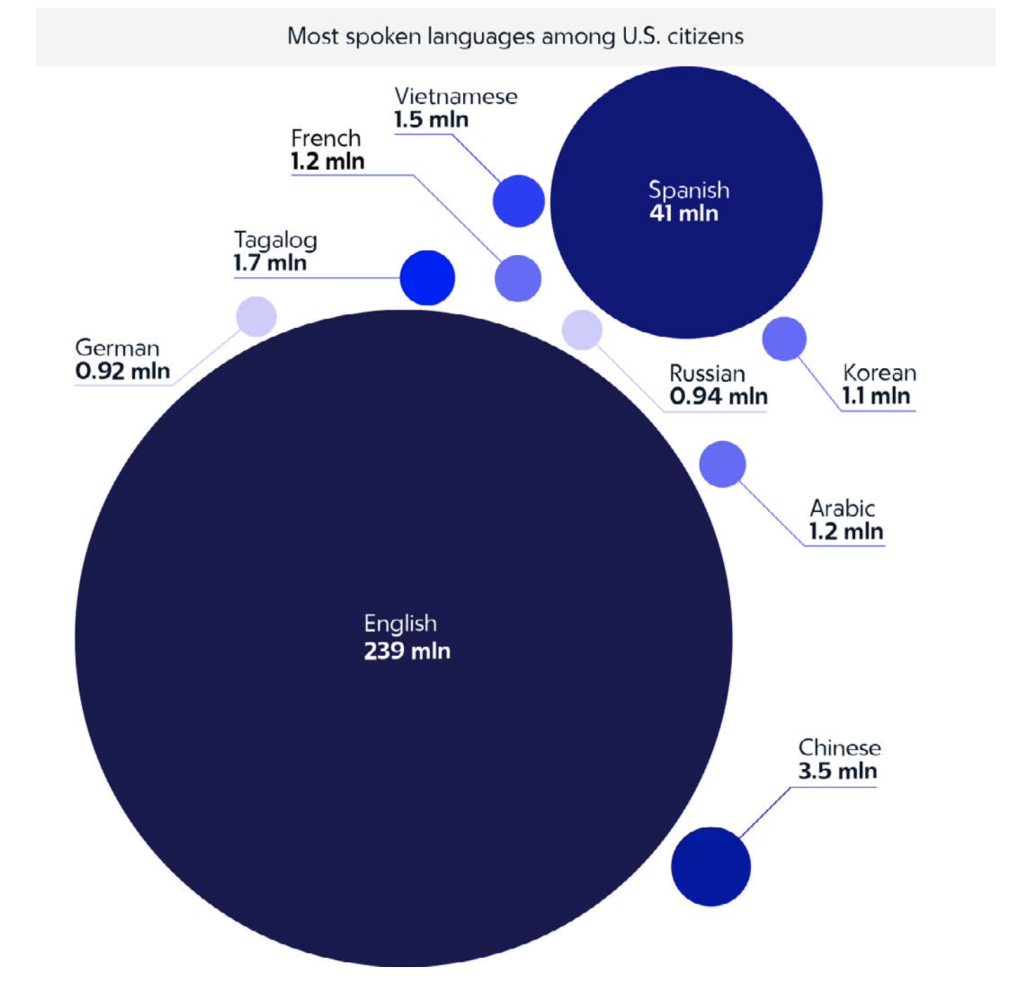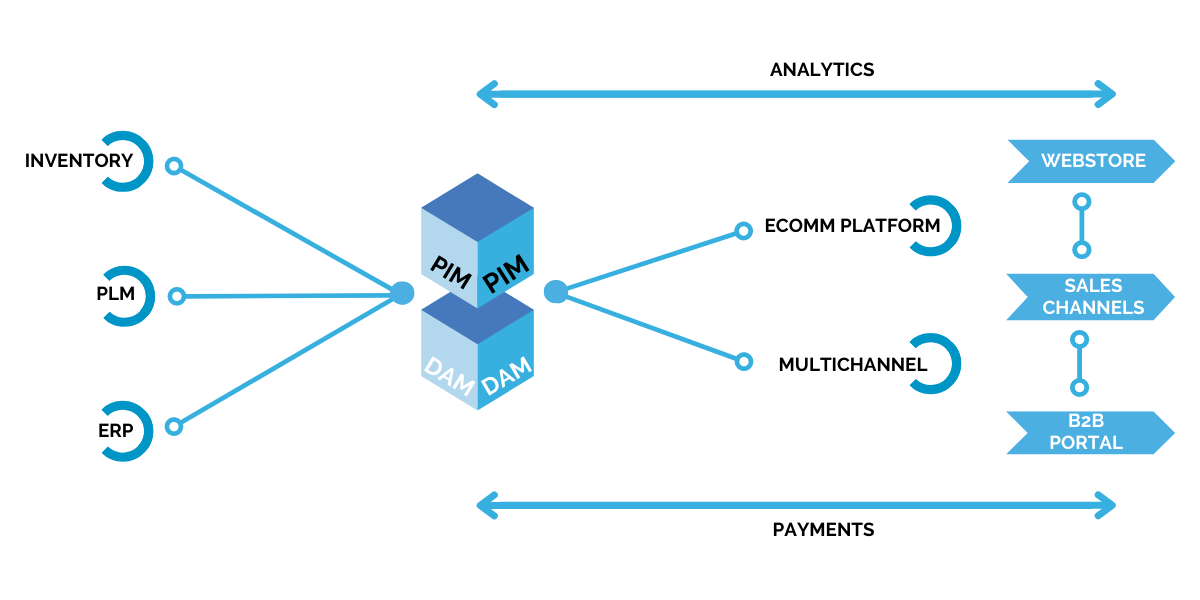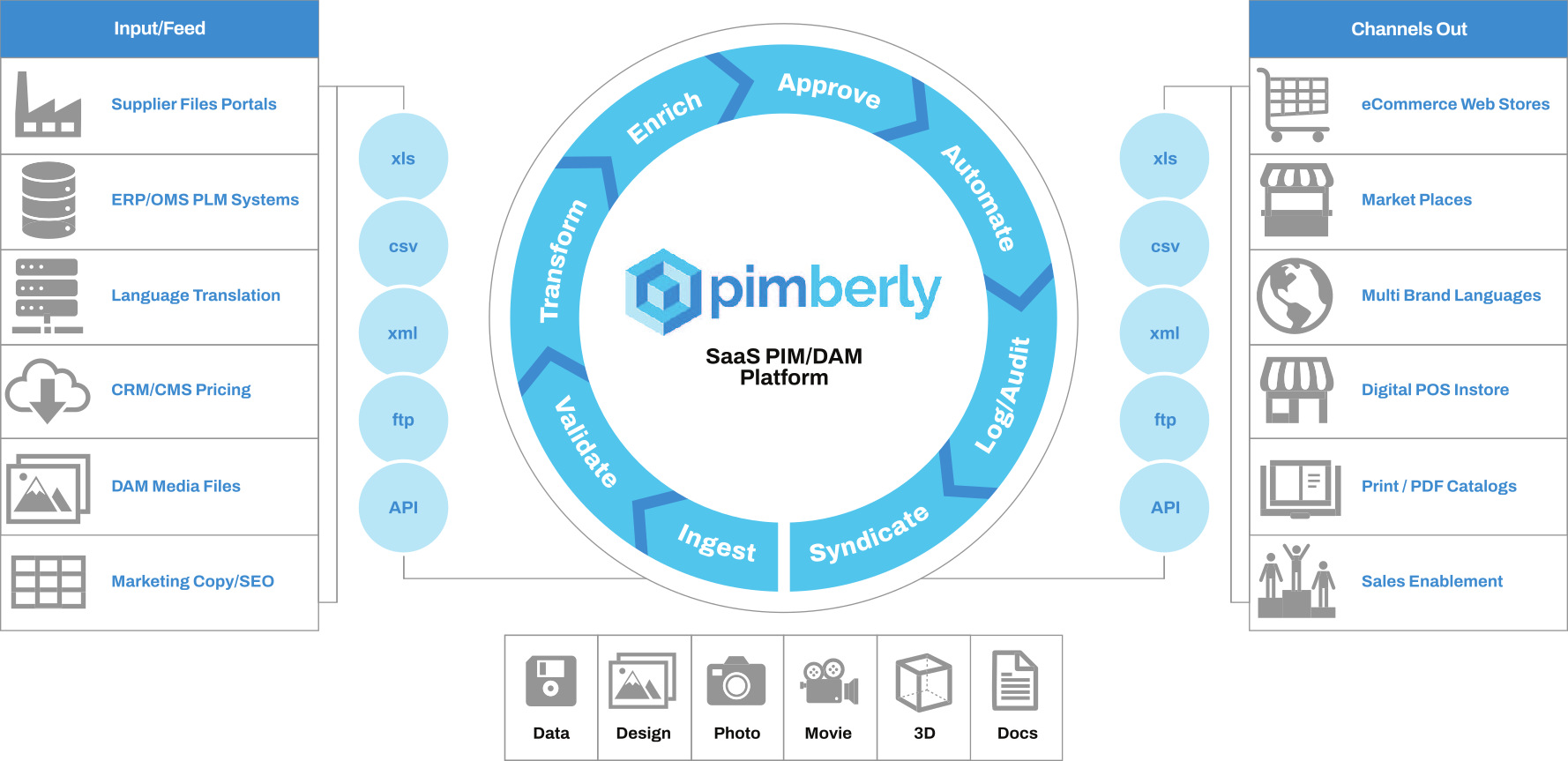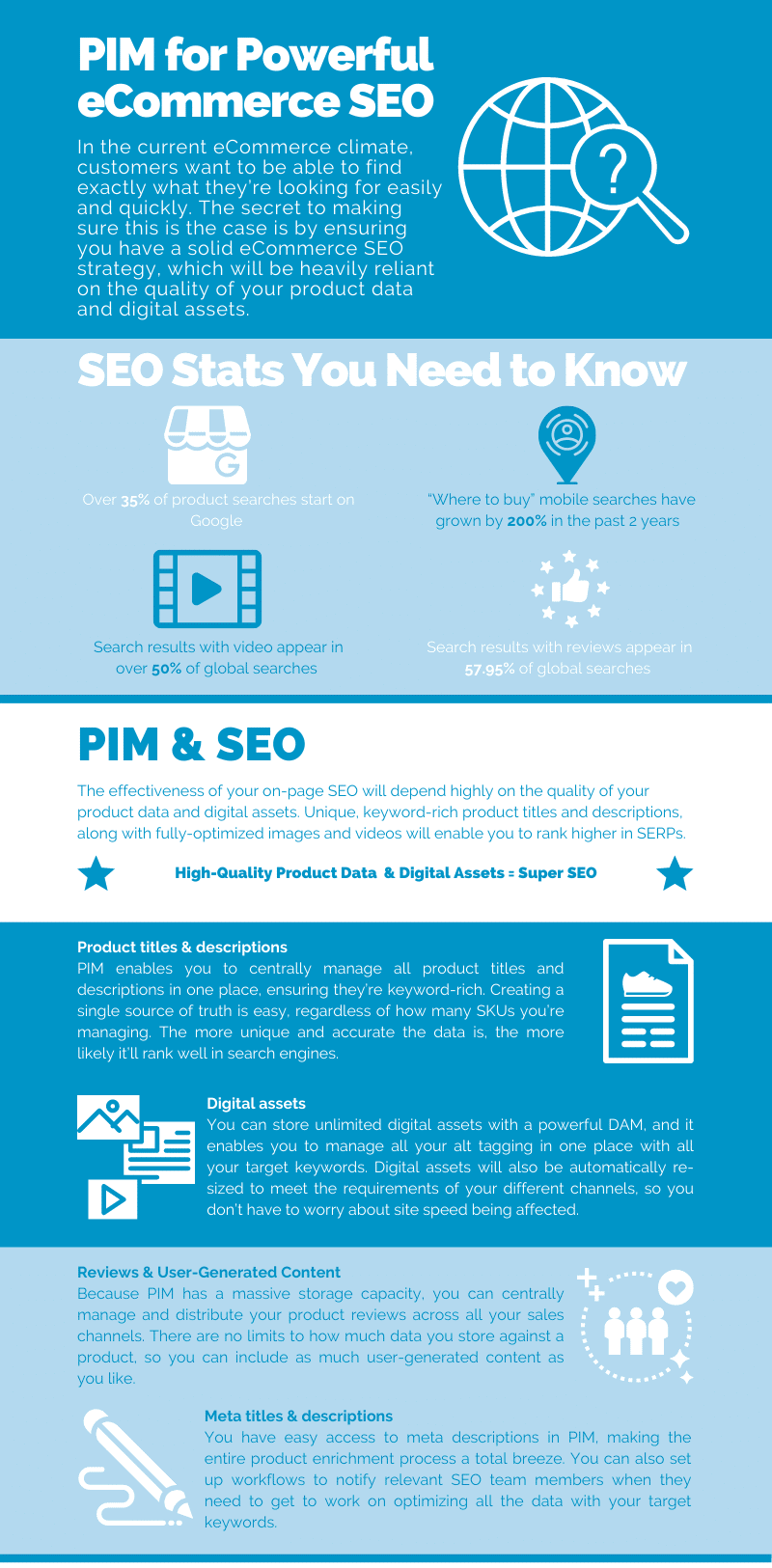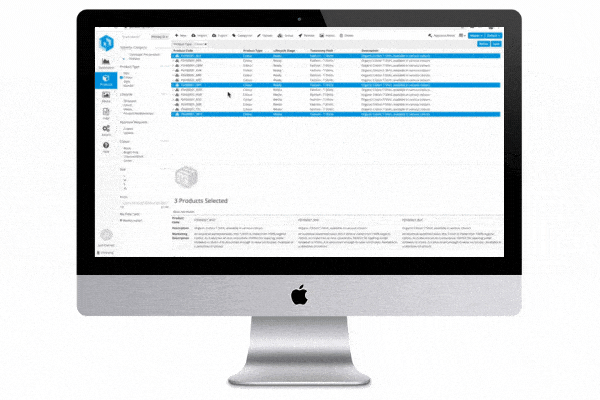As the saying goes trouble trickles down from above. A PIM helps your managers improve efficiencies, so they avoid new hires. These time savings can be found across multiple managers, as well as endless tasks.
An eCommerce manager’s job is complex, and in smaller companies, they often have to wear many different hats. When you avoid hiring a larger team to support your eComm Manager it can lead to manager churn. This costs you dearly. The best way to make their life easier is to provide tools that deal with their multi-faceted role. In other words, a PIM. A PIM allows them to juggle the needs of your internal team, without having a nervous breakdown.
PIMs put more power into the hands of those who need it, so suddenly your top manager has the bandwidth to improve productivity. But it’s not just your eComm Manager who benefits from a PIM. We’ve already shown how it improves collaboration, and where some of the efficiencies are seen. More specifically, you can avoid new hires because you improve efficiencies by eliminating time-consuming admin tasks across the board including:
Sales management
PIMs allow your sales team to stop wasting time on the tedious tasks that take them away from following up on leads and closing sales. Manual tasks and outdated spreadsheets have sales teams working on tasks like setting up and editing product data, aligning online and offline catalogs, getting sign-off, and liaising with the marketing team every time a new product is launched. They can probably add several other items to this list, but with a PIM system, your sales team becomes more efficient and can focus on sales instead of these manual, low-value tasks.
Data processing
Making online sales is heavily dependent on the processing of product data. The sheer volume of product data streams overwhelms admin staff with the ongoing process of manually checking, importing, mapping data fields, and entering data. Where you really feel the pinch is in the inaccuracies of data manipulation. A keen eye for detail can still make mistakes when their entire day is filled with data input. Human errors cost money especially when admin or even management are working with outdated spreadsheets that make it hard to spot errors.
As a result, the errors move from department to department before ending up in front of your sales team or worse your customers. When launching new products, you need to ensure you have a streamlined process that reduces errors that heighten your product return rate and puts your company at risk of litigation. A PIM does all of this for you using a Graphic User Interface (GUI) based data import with bulk information processing features for speedy data import and improved accuracy.
Repetitive tasks
Repetitive product tasks that waste time can be automated using a PIM. PIM systems automate day-to-day workflows so repetitive actions are avoided and more time is available. You can either reduce your admin team and in turn your payroll or have admin focus on higher-value tasks. A PIM creates a central user-friendly repository that helps eliminate repetition thanks to its collaborative design. All actions are tracked, and communication is encouraged so that one hand knows what the other is doing at all times.
Project management
Product management allows your teams to work together so workflows are improved. Status and action reports keep everyone on task and multiple product launches can be managed at one time. The software is scalable, growing with you as your product lines become more layered and expansive.
Product development
Your product range becomes more market-responsive because Product Managers remain focused on high-value work. They can invent, curate, or procure innovative products instead of being caught up in managing the minutia of product launches. They can constantly move on to bigger and better things with automated product management processes opening up time to study the market and consumer behavioral trends. As a result, they are more likely to hit the mark with a better understanding of what customers need now. They can also become more proactive and spot buyer trends to respond to fluctuating market forces.
Reaching more markets
Going global no longer takes up time dealing with things such as currency and language adaptation. Instead, the PIM offers extensive localization capabilities so you can enter new markets quickly and effectively. You are also able to connect to translation services so the process of translating data is simplified. As a result, you can use more channels to market your products in different locations, so you extend your reach with less time and money invested.
Technology integration
Instead of having a massive IT department to ensure you can deploy new technologies across your business, a good PIM system integrates easily with existing systems. You also have the support of the PIM team which continue to monitor emerging technologies designed for eCommerce. As a result, you maintain a strong, state-of-the-art eComm tech stack with features like Artificial Intelligence (AI) and machine learning, so your PIM remains extremely functional for all your product launch tasks and processes. Your PIM impacts every department, so even your marketing team can access advanced product matching with hyper-personalization, features that enable webrooming, and improve product experience management. Personalized product listings backed up by an easy user experience can boost sales by creating a more polished customer journey.
Finding Unexpected Opportunities
You don’t want all the firepower coming from your own team when expanding your product range. Instead, you can use your PIM to harness partnerships to boost sales. While it might seem that a PIM can’t help with this, it actually allows you to publish up-to-date product information to your entire distribution network quickly. You won’t have to worry about contacting each partner individually, freeing up time to explore new partnerships. By automating the management of your distribution partners and online marketplaces, you gain full control of your brand so you can enter new partnerships. You don’t have to worry about keeping product and brand information accurate and uniform across so many platforms.
You also have self-serve information to share with partners, so you don’t need to hire more customer support or salespeople. When you go into new countries you also have an easy way to adapt your products and descriptions, so they appeal to different resellers. Adaptability is key, especially if you decide to pursue white-labeled partnerships with companies that use their own branding when distributing your products. This brings us back to improved efficiencies that reduce costs freeing up more time to pursue the types of affiliate ad partners that suit your brand and goals. All of this without new hires.


